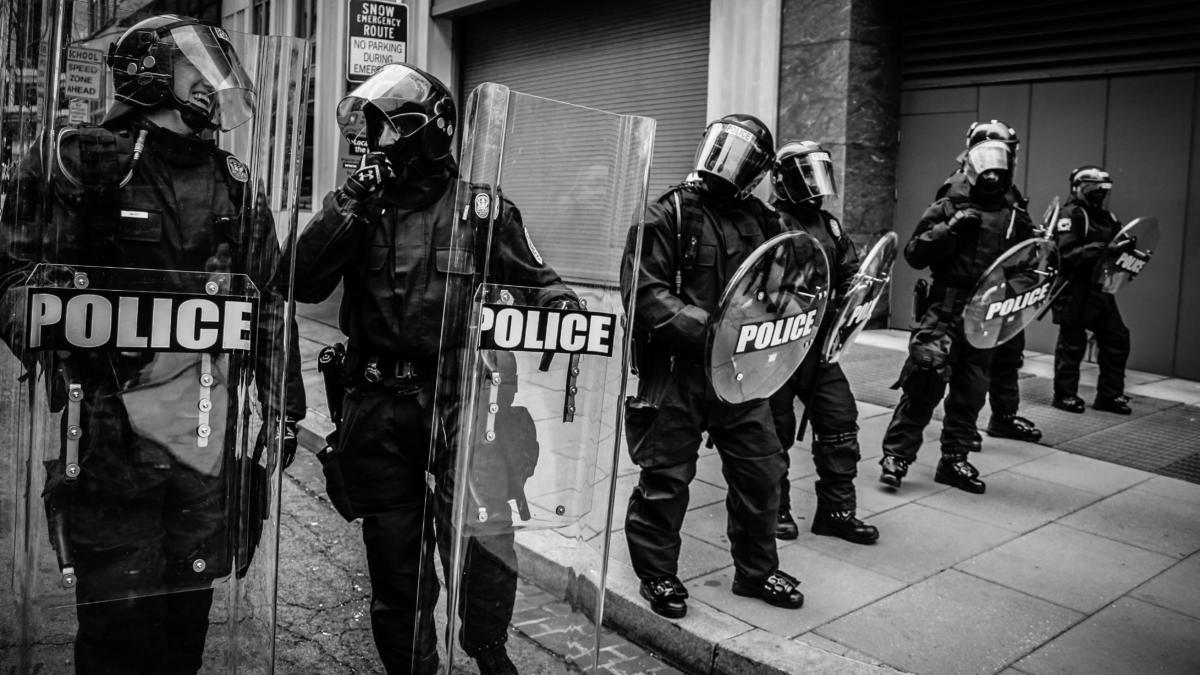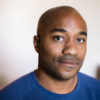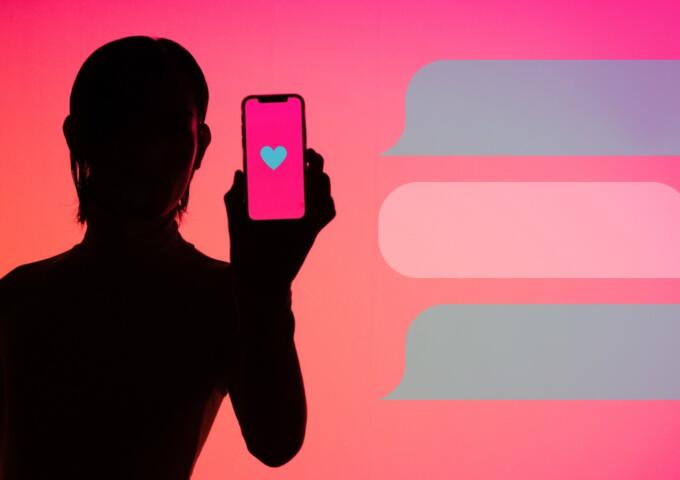Sadly, the events that have transpired in the aftermath of the death of Minneapolis man George Floyd are what many will remember, but what should emerge from this is that Floyd is just the latest in a series of unnecessary, yet significant police violence that has occurred over the course of a generation – some of which transpired here in Philadelphia.
In honor of Floyd and with a goal to invoke some reflection on both sides, here’s a recap of the times cops both here and across the country took it just a little too far.
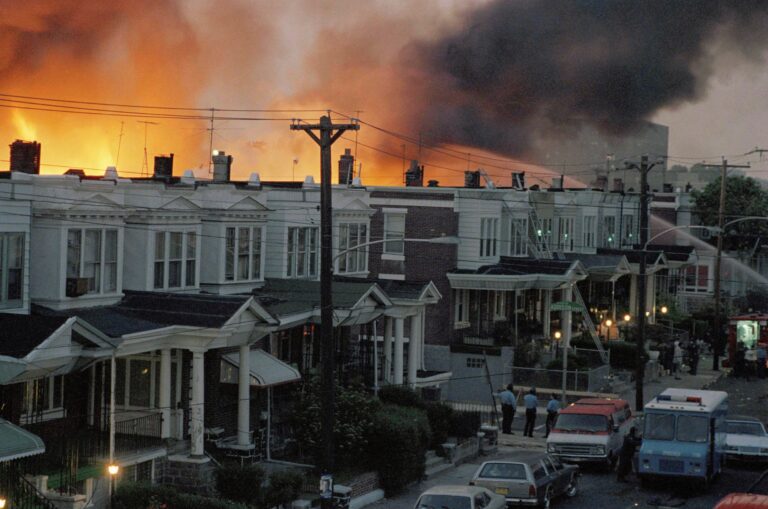
MOVE Bombing (1985)
After negotiations failed between Philadelphia Police and a black liberation group called MOVE nestled in the heart of Cobbs Creek, city officials allowed a police helicopter to drop a C-4 bomb in the middle of a set of row homes along Osage Avenue. A fire then ensued, which ended with the death of 11 members of the organization, including five children. It was only this year that members of City Council issued a formal apology for the events that transpired. It marked the only time a police force would bomb its own citizens.
Rodney King (1991)
What should have been a routine traffic stop between Los Angeles man Rodney King and members of the Los Angeles Police Department turned violent as the camera rolled while four police officers beat King mercilessly with nightclubs, fists and tazed him while he was already lying on the ground with a 50,000 volt Tazer. King survived and became the posterboy for American outrage against police brutality. This was heightened by the fact that three of the four cops were found not guilty of any crimes, which sparked riots throughout the country, but specifically in LA where protests, riots and looting took place for six days straight.
Eric Garner (2014)
Eric Garner was a horticulturist for New York City’s Parks and Recreation Department who cops suspected of selling loose cigarettes. It was then caught on video, after Garner insisted he was not selling cigarettes and pleaded with police to leave him alone, one officer, Daniel Pantaleo, put him in a chokehold rendering him unconscious. The cops then left Garner unconscious for nearly 10 minutes until an ambulance arrived and took him to the hospital where he later died.
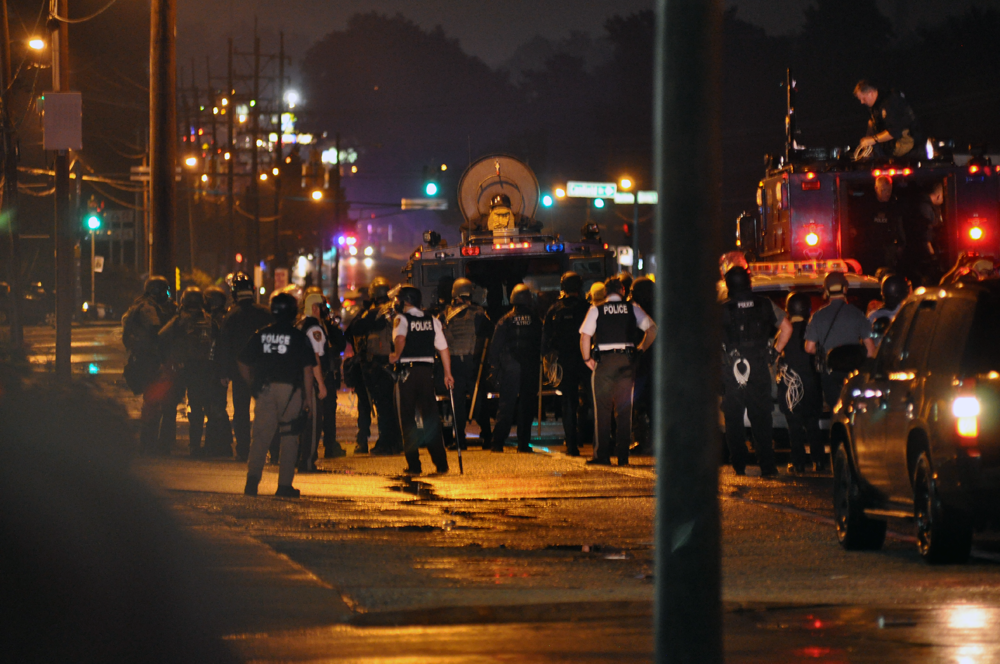
Michael Brown (2014)
Just 18-years-old, Brown was shot and killed in Ferguson, Missouri, after an altercation with police in which officer Darren Wilson fired a barrage of bullets at Brown, 12 shots in total, six of which hit Brown ultimately killing him. This would result in riots throughout the nation, perhaps most aggressively in Ferguson, where riots turned violent for nearly a week. Almost a year later, the U.S. Department of Justice would exonerate the officer saying that Wilson’s shooting of Brown was in self-defense.
Philando Castile (2016)
Another routine traffic stop gone horribly wrong, the 32-year-old Castile was shot and killed in yet another senseless shooting in Minnesota. Upon being pulled over, it’s said Castile told officer Jeronimo Yanez that he had a firearm in the car. It’s said that as Castile reached for his paperwork to show the officer, Yanez believed Castile was going for said gun and pulled out his own service revolver, shooting Castile seven times. Castile would later die at the hospital from his wounds. Over the course of two days, protest and civil unrest would ensue, resulting in 21 police officers being injured as angry protesters hurled bottles, rocks and homemade fire bombs at police.
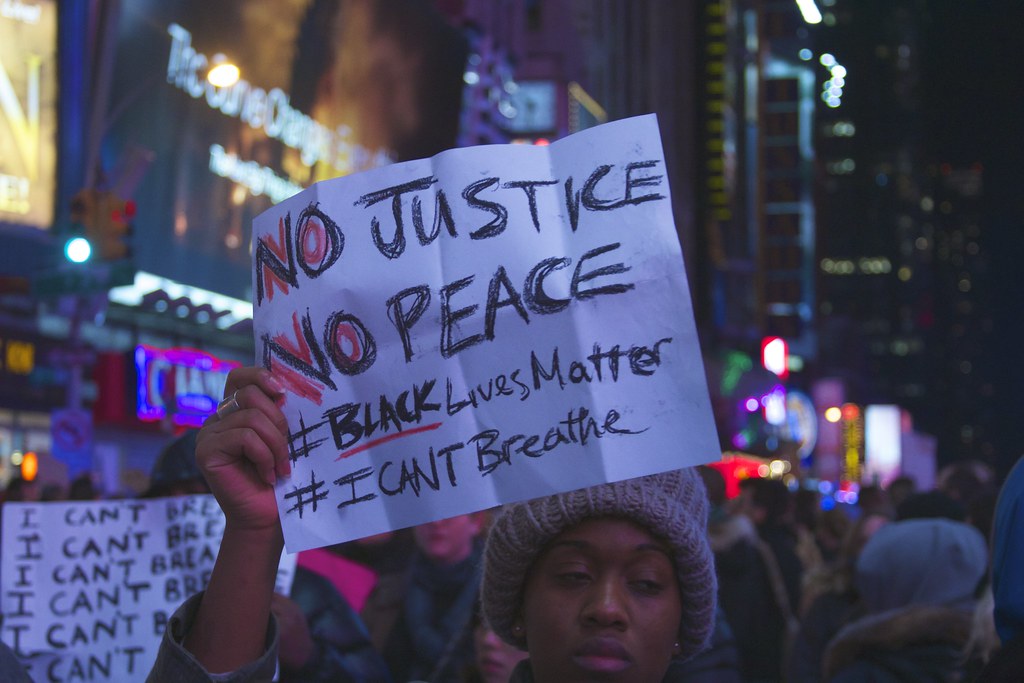
Darin Lee (2019)
Darin Lee was a 31-year-old Kensington man with a history of mental issues that showed up to a family cookout acting erratically. In the end, he would find himself surrounded by police officers with guns pointed at him while he armed himself with a box cutter. After officers believed Lee came toward them with his weapon, one officer fired several shots hitting Lee in the leg, but raising concerns throughout the city among residents and politicians alike on why police felt the use of a firearm trumped other means to incapacitate. In the end, Lee, who did survive his wounds, would be charged with a host of criminal charges, but his friend and a witness to the event, Frank Noble told reporters: “He didn’t really lunge at nobody. He was too high at the same time then he was trying to walk to the cops to give them the knife but next thing you know the cops, they ‘Bang. Bang. Bang.'”

7,666
The number of people killed in the United States at the hands of police according to research and advocacy group, Mapping Police Violence. In Philadelphia, 49 percent of officer-involved shootings at that same time were unarmed suspects, according to an independent report led by the U.S. Department of Justice. This same report adds that 81 percent of the victims of these incidents were black.
